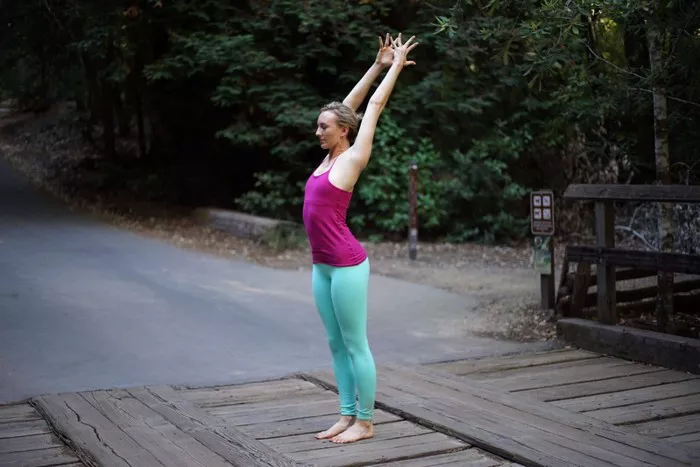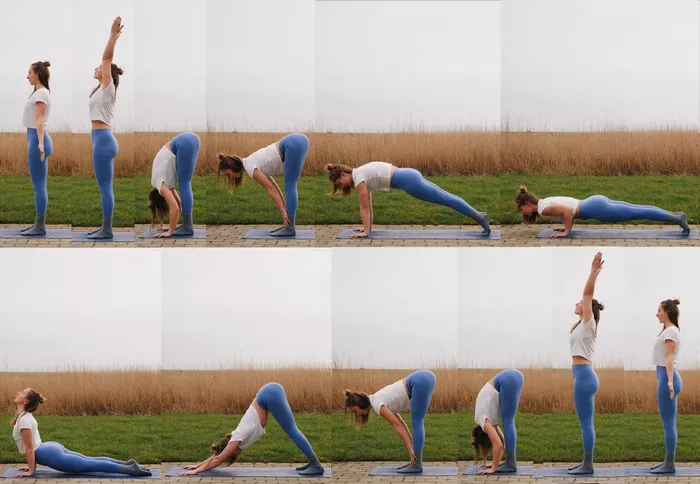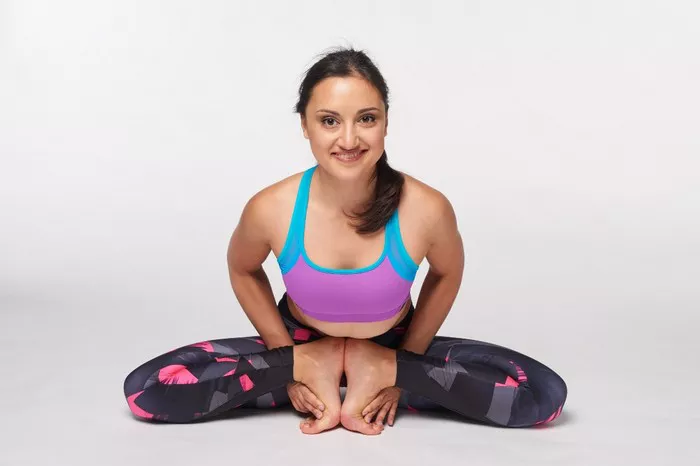Yoga, an ancient practice that originated in India, is renowned for its benefits in promoting physical, mental, and emotional health. As the practice has gained widespread popularity across the world, it has also evolved and adapted in various forms to cater to different age groups and needs. One of the most enjoyable and engaging adaptations of yoga, particularly for children, is animal yoga. This type of yoga incorporates animal poses, sounds, and movements into traditional yoga sequences, making it a fun and interactive way to introduce kids to the benefits of yoga.
But why is animal yoga so good for children? The answer lies in how this form of yoga resonates with a child’s natural curiosity and boundless energy. Animal yoga not only enhances physical health but also nurtures emotional well-being and mental development. In this article, we will explore the multifaceted reasons why animal yoga is beneficial for kids, including physical fitness, emotional balance, cognitive development, and overall well-being.
1. Enhancing Physical Fitness
Physical activity is an essential component of a child’s overall health, and yoga provides an excellent way to strengthen and stretch the body. Animal yoga, in particular, helps children develop better body awareness and coordination through poses that mimic animal movements. These movements challenge a child’s flexibility, balance, strength, and coordination, all in a playful and engaging way.
Developing Strength and Flexibility
Certain animal poses, such as the “cat” pose (Bidalasana), “cow” pose (Bitilasana), and “lion” pose (Simhasana), work on strengthening core muscles, improving posture, and increasing flexibility. These poses often require kids to move their bodies in ways that they may not normally do in their daily activities. By practicing these poses, children gain better control over their muscles and joints, which can lead to improved strength and flexibility over time.
Improving Balance and Coordination
Animal poses like the “tree” pose (Vrksasana) or the “eagle” pose (Garudasana) require balance and focus, helping children develop stability and coordination. Practicing these poses in a non-competitive, low-pressure environment helps kids improve their motor skills without feeling overwhelmed or stressed. Animal yoga’s emphasis on slow and mindful movements encourages kids to connect their body movements with their breath, further improving their coordination and spatial awareness.
Promoting Healthy Posture
Children today often spend a significant amount of time sitting, whether at school or at home. This sedentary lifestyle can lead to poor posture and related issues. Animal yoga encourages children to practice poses that promote better alignment, such as the “cobra” pose (Bhujangasana), which can strengthen the spine and open up the chest, helping to counteract the effects of prolonged sitting.
2. Supporting Emotional and Mental Health
One of the most significant benefits of animal yoga for kids is its positive impact on emotional and mental well-being. Yoga encourages children to connect with their bodies and minds, teaching them how to be present and mindful in the moment. Through animal yoga, kids learn techniques that can help them manage stress, regulate their emotions, and develop a positive mindset.
Reducing Stress and Anxiety
In today’s fast-paced world, even children are facing stress and anxiety from school, social interactions, and other pressures. Animal yoga provides a calming and soothing environment that encourages relaxation and mindfulness. Poses like the “child’s” pose (Balasana) or the “downward dog” pose (Adho Mukha Svanasana) promote deep breathing and help children release tension. The focus on breathwork teaches children how to calm their minds and bodies, giving them tools to manage stress in their everyday lives.
Building Emotional Intelligence
Animal yoga helps children develop emotional intelligence by encouraging them to recognize and understand their feelings. Certain poses, such as the “butterfly” pose (Baddha Konasana) or “lion” pose, encourage kids to express themselves and release pent-up emotions. The incorporation of animal sounds and movements allows children to connect with their emotions in a fun and non-threatening way, giving them the confidence to express their feelings and understand the emotions of others.
Boosting Confidence and Self-Esteem
Animal yoga allows children to explore new movements and poses, often in a playful and imaginative way. As they successfully complete these poses, they experience a sense of achievement, which builds their self-confidence. Whether it’s stretching like a cat, hopping like a frog, or balancing like a flamingo, each new pose gives kids a sense of accomplishment. This increased confidence can extend beyond the yoga mat and positively influence other areas of their lives.
3. Fostering Cognitive Development
Yoga has long been recognized for its ability to support cognitive development in children. The combination of physical movement and mindfulness in animal yoga encourages kids to use both their bodies and minds in a creative way. This holistic approach to learning can have lasting benefits on a child’s cognitive abilities.
Improving Focus and Concentration
The mindfulness aspect of yoga is essential for improving a child’s focus and attention span. As children learn to move through different animal poses, they must focus on their bodies, breathing, and the sequence of movements. This mental engagement enhances their ability to concentrate, both on and off the yoga mat. Practices like deep breathing and mindfulness in animal yoga help children improve their attention span and ability to follow instructions, which can be especially helpful in academic settings.
Encouraging Imagination and Creativity
Animal yoga is a highly imaginative practice. By mimicking the movements of animals, children are encouraged to use their creativity and imagination. They can pretend to be different animals while moving their bodies, and this imaginative play nurtures cognitive flexibility and creativity. The use of animal sounds, such as roaring like a lion or barking like a dog, also stimulates the brain and encourages language development.
Enhancing Memory and Learning Skills
Through repetition of poses and breathing techniques, children strengthen their ability to remember sequences and patterns. Learning new yoga poses and linking them with animal movements helps to improve memory retention. Animal yoga sequences also provide a non-verbal way for children to develop motor memory, which can translate into better physical coordination and learning ability in other areas of life.
4. Cultivating Social Skills
Animal yoga can be practiced both individually and in groups, providing an excellent opportunity for children to develop important social skills. Group yoga classes encourage cooperation, communication, and teamwork, as children must work together to practice poses and listen to the instructor’s guidance.
Promoting Cooperation and Teamwork
In group animal yoga sessions, children can work together in pairs or teams to perform poses. For example, they might pair up to do a “bird” pose (as one child balances on another’s back), fostering a sense of partnership and cooperation. These group activities promote sharing, empathy, and consideration for others’ personal space, all of which are crucial social skills.
Building Communication Skills
Animal yoga also encourages children to communicate with each other, whether they are practicing poses together or sharing ideas about the animal movements they are performing. Through interactive activities such as “animal sounds,” children learn to express themselves clearly and listen to others. The playful nature of animal yoga helps children feel more comfortable with expressing their thoughts, both verbally and non-verbally.
5. Connecting with Nature
Animal yoga also fosters a deeper connection with nature. Many animal poses are inspired by the movements of real animals, such as dogs, cats, frogs, or lions. These poses provide a subtle yet effective way to teach children about animals, their movements, and their role in the natural world. The mindfulness aspect of yoga encourages kids to appreciate their surroundings, and through animal yoga, they begin to develop a sense of respect and connection to nature.
Encouraging Respect for Animals
By practicing animal-inspired poses, children are encouraged to think about the animals themselves—their behaviors, habitats, and importance in nature. This helps instill a sense of respect for animals and the environment. Children may develop a greater appreciation for the animal kingdom and become more compassionate towards animals in real life.
Building Environmental Awareness
The natural world and its creatures play a central role in animal yoga. As kids engage in the practice, they are gently reminded of the importance of preserving wildlife and the environment. Animal yoga can be a gateway for further discussions about conservation, sustainability, and respect for all living beings.
Conclusion
Animal yoga is an enjoyable, dynamic, and holistic practice that provides children with numerous benefits for their physical, emotional, cognitive, and social development. By incorporating animal poses and movements into yoga sequences, children not only develop strength, flexibility, and balance, but also improve their focus, emotional regulation, and creativity. Through animal yoga, children learn essential life skills such as teamwork, communication, and empathy, while also cultivating a deeper connection to nature and animals.
Given its many positive effects, animal yoga should be an integral part of every child’s wellness routine. It offers an engaging and interactive way to promote mindfulness, healthy habits, and emotional well-being—all while having fun and connecting with others. As children grow, they can carry the lessons and benefits of animal yoga with them, helping to foster a generation of healthy, mindful, and compassionate individuals.
Related Topics:



















